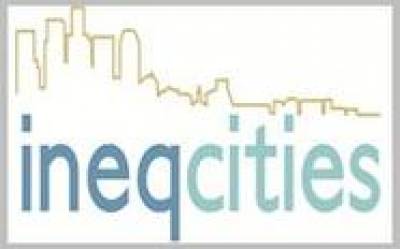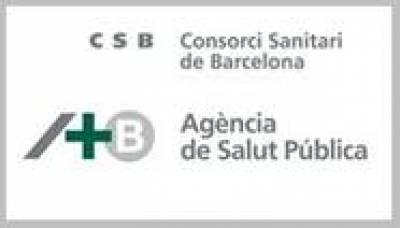
Zurich is both the capital and the largest city of Switzerland. It is situated in central Switzerland at the North-Western tip of Lake Zurich, roughly 32 kilometres north of the Alps. In 2005, the population size was 366,809 (Men: 179,372 l Women: 187,437), making Zurich the city with the smallest population of the all the cities included in the INEQ-CITIES Atlas. Zurich has a large immigrant population which accounts for one-third of the total urban population. Compared to other cities in the INEQ-CITIES Atlas, Zurich has a small proportion of youth, with only 11.9% of the population aged 14 or under.
Zurich is known as one of the wealthiest cities in Europe,
and has a world leading financial centre. Of the cities shown in this Atlas, Zurich, alongside Prague, has the
lowest unemployment rate (3.5%). Of those active in the labour market, 87.6% are
employed in the third sector, 11.6% in the second sector, leaving only 0.8% in
the first sector.
- City Profile
-
Zurich has a specific demographic profile, defined by an ageing population and a high proportion of immigrants. Demographic figures from Statistik Stadt Zürich in 2004 are shown below:
- Population aged 0 - 14: 11.9%
- Population aged 65 and older: 17%
- Population aged 16 - 64 in the labour market: 66.3%
- Unemployment: 3.5%
- Immigrant population: 30.2%
- Methods
-
Socio-economic and mortality analyses were conducted at a small area-level within each city. The maps of Zurich represent 212 Statistische Zonen (Statistical Zones) or small areas. Data collected by Statistik Stadt Zürich for 2000 - 2008 was used to obtain the population size per Statistische Zonen. The INEQ-CITIES research of Zurich is based on these figures.
The table below shows the estimated population size per Statistische Zonen by first, second (median) and third quartiles, based on 2004 figures from Statistik Stadt Zürich.
Population Size per Small Area, Zurich Men Women First Quartile
497 489 Median 801 842 Third Quartile
1,119 1,214 - Socio-Economic Indicator Maps
-
Social inequalities were examined using markers of deprivation to assess geographical segregation according to socio-economic characteristics. Find out more about socio-economic inequalities within Zurich by viewing area-level maps of Socio-Economic Indicators of:
- Mortality Maps
-
Mortality ratios were examined for all-cause mortality and disease-specific mortality, separately for men and women. Find out more about health inequalities within Zurich by viewing area-level maps of:
- Resources
-
For further information about health inequality and the INEQ-CITIES research conducted in Zurich, please go to:

 Close
Close





